There cannot be a lazier way of traveling across Canadian lands than in the Rocky Mountaineer. There are luxury trains and then there’s this. For two days, I sat in a sumptuously upholstered, air-conditioned carriage, looking out at the vast wilderness of Canada’s interior, as waiters plied me with wine, chocolates and three-course meals. When imagining my trip across the Canadian Rockies, I had envisaged plenty of bracing walks and fresh air. But by the end of my journey, I had gained five-and-a-half pounds.
I went on a walk around the frozen lake accompanied by a guide who warned us about a bear known as the Boss who weighs 497lbs
Admittedly, I was in GoldLeaf, the most luxurious section of this glass-domed, double-decker train. The serfs in SilverLea’ had to descend to the lower deck for their meals, but GoldLeaf passengers could remain in their seats as their food was brought to them. The only reason to get up, apart from a trip to the lavatory, was to visit the viewing platform where you could take pictures of the abundant wildlife — moose, deer, wild horses. Although I was told to watch out for the grizzly bears, which was slightly alarming, given that as soon as I stepped foot on the platform we ground to a complete stop to let a freight train pass. I asked our host — each carriage has its own tour guide — if he kept a shotgun on board in case one of the grizzlies got too close for comfort. He assured me they hadn’t lost anyone yet.
Unlike the Orient Express and other luxury trains, the Rocky Mountaineer doesn’t have any sleeping cars. The reason, a company rep told me, is because the scenery is so spectacular it would be a “crime” to travel through it in darkness. Consequently, my two-day journey, which began at breakfast time in Vancouver and ended after lunch in Lake Louise, was punctuated by an overnight stay at a hotel called the Delta in Kamloops, lroughly the midpoint. I’d checked my suitcase in at the railway station on departure and it was waiting for me in my hotel room, having been brought there in a van that races ahead of the train. With your every need taken care of, there’s nothing to distract you from the view outside the window, which is surprisingly variable. One minute you’re inching your way through a post-industrial wasteland, full of rusting cranes and abandoned rolling stock; the next, you’re speeding along at fifty miles per hour through the Fraser Valley, with mountain peaks towering in the background.
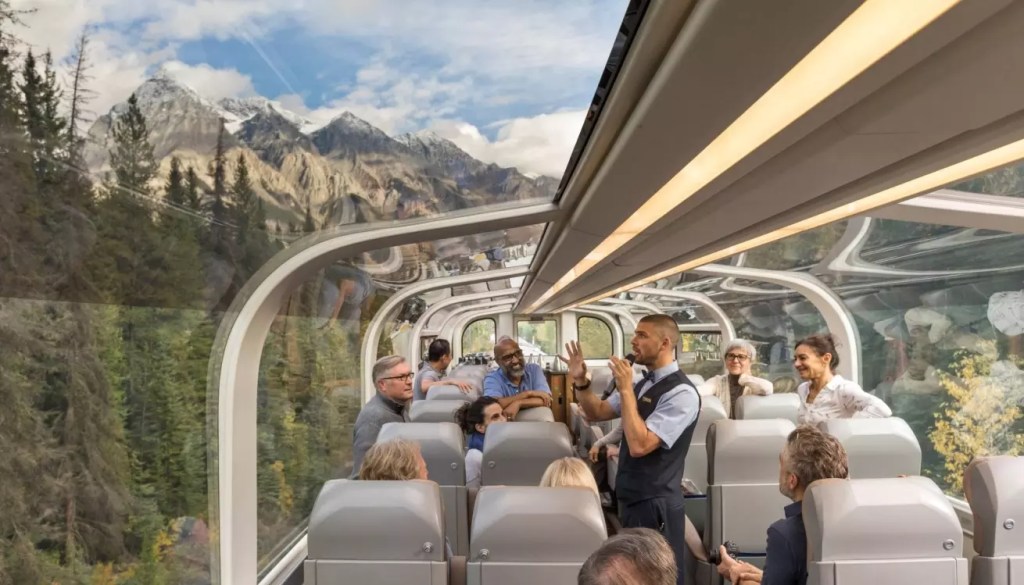
We passed a town called Hope, which our guide said was where Rambo: First Blood was filmed. Then, a place called Lytton which we were asked not to take pictures of because it had been all but wiped out by a forest fire in 2020 and photographing the charred remains might upset the remaining residents. Only mildly less disturbing was an abandoned TB hospital, which is said to be haunted by the ghosts of all the patients who died there. Guided tours are available on Hallowee, apparently.
Several of the rivers and mountains we passed are named after colonialists, such as George Stephens, the first president of the Canadian Pacific Railway, which was a source of some embarrassment to our host. He was keen to emphasize that these landmarks had much older names given to them by the indigenous population — information that was imparted alongside “land acknowledgments,” a self-flagellation ritual that Canadians of European ancestry are particularly fond of.
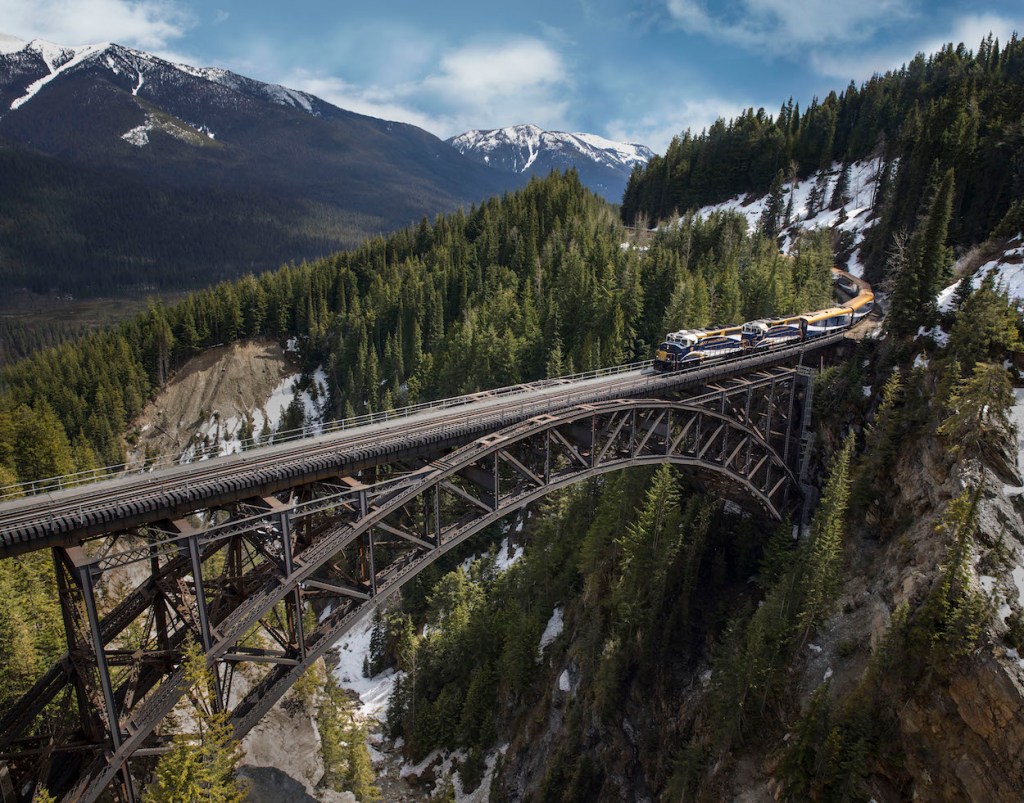
In spite of these anti-colonial sentiments, I refused to think of the adventurers who’d tamed this inhospitable land and accumulated vast fortunes in the process — many of them Scottish — as rapacious capitalists. Rather, you couldn’t help marveling at their entrepreneurial zeal. They’d built the railroad we were traveling on, as well as the towns and cities we passed along the way. To be fair, the company that owns the Rocky Mountaineer allowed that there was also much to admire about these pioneers — it had named the route we were on “First Passage to the West.”
In addition to this picture postcard journey, I had a chance to enjoy a night’s stay at the Fairmont Hotel in Vancouver, one of the grand hotels built by the company that originally owned the railroad. This imposing granite building, which was the tallest in the city until 1972, was officially opened by George IV and Queen Elizabeth on a tour of Canada in 1939. I took advantage of the opportunity to meet up with Simon Fox, a British doctor who emigrated to Vancouver and who’s keen to do something about Justin Trudeau’s relentless assault on free speech. I enlisted him in my efforts to set up a Canadian equivalent of the Free Speech Union, the organization I started in Britain in 2020. We hope to launch it later this year.
At the conclusion of the trip, I spent two nights at another railroad hotel, the Fairmont Chateau in Lake Louise. Originally built in 1890, it promptly burnt down, only to be rebuilt — and then disappear in another puff of smoke. To this day, there are no fires allowed in the building. During the high season in summer, the resort gets 7,000 to 8,000 visitors a day, keen to explore the maze of local hiking trails. I went on a walk around the frozen lake accompanied by a guide who warned us about a bear known as the Boss who weighs 497lbs. “If he holds your gaze for more than five seconds, you know you’re too close,” he said.
All told, this is one of the great train journeys of the world and I feel privileged to have had the experience. The phrase “bucket list” is over-used, but spending two days on the Rocky Mountaineer, bookended by stays in these majestic Canadian railroad hotels, should be on everyone’s bucket list. I returned more determined than ever to save this great country from its ghastly, authoritarian prime minister and restore the spirit of adventure embodied by the Scotsmen who made it their home.
To book your trip on the Rocky Mountaineer go to rockymountaineer.com. Prices for the two-day journey start at $1,839 per guest, including an overnight stay in Kamloops. To book a room at the Fairmont Hotel in Vancouver, click here; to book a room at the Fairmount Chateau in Lake Louise, click here. This article was originally published on The Spectator’s UK website.



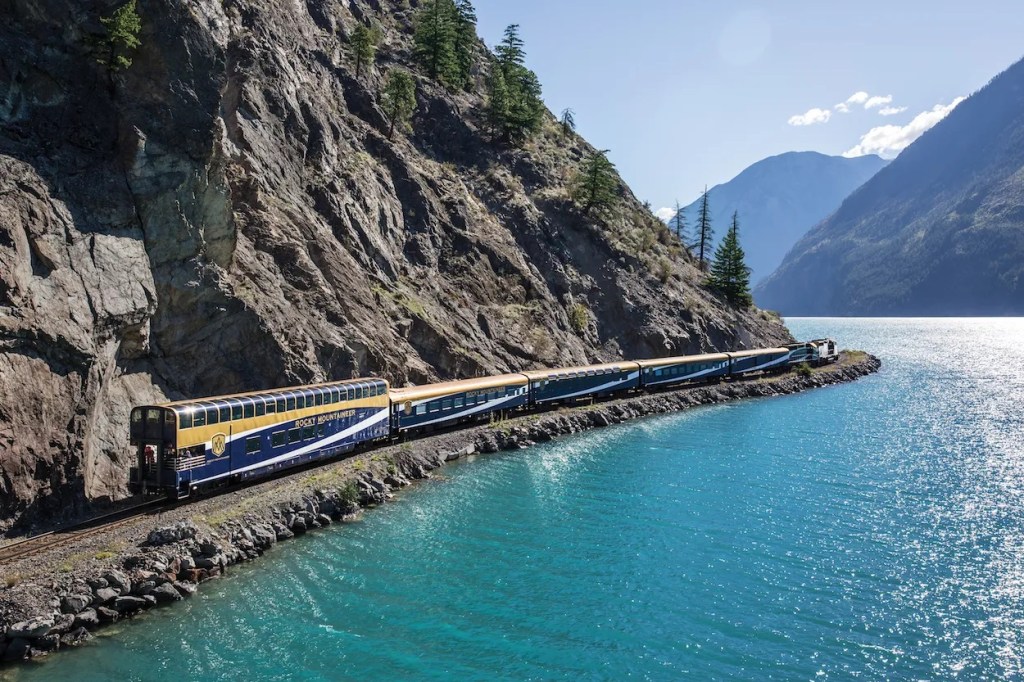






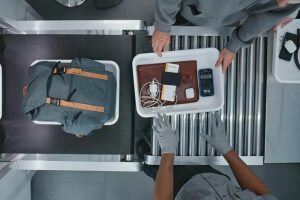
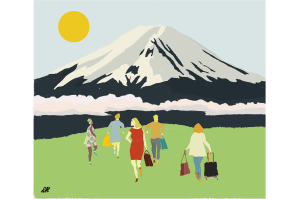

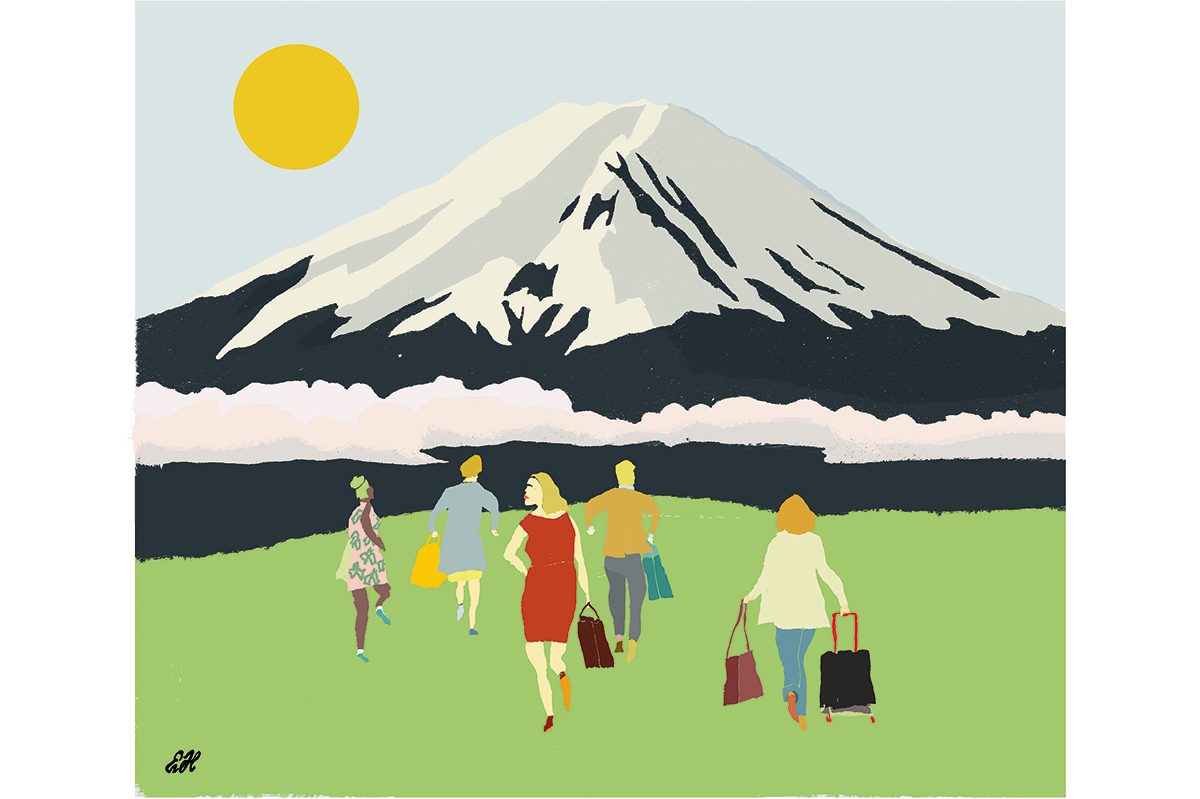
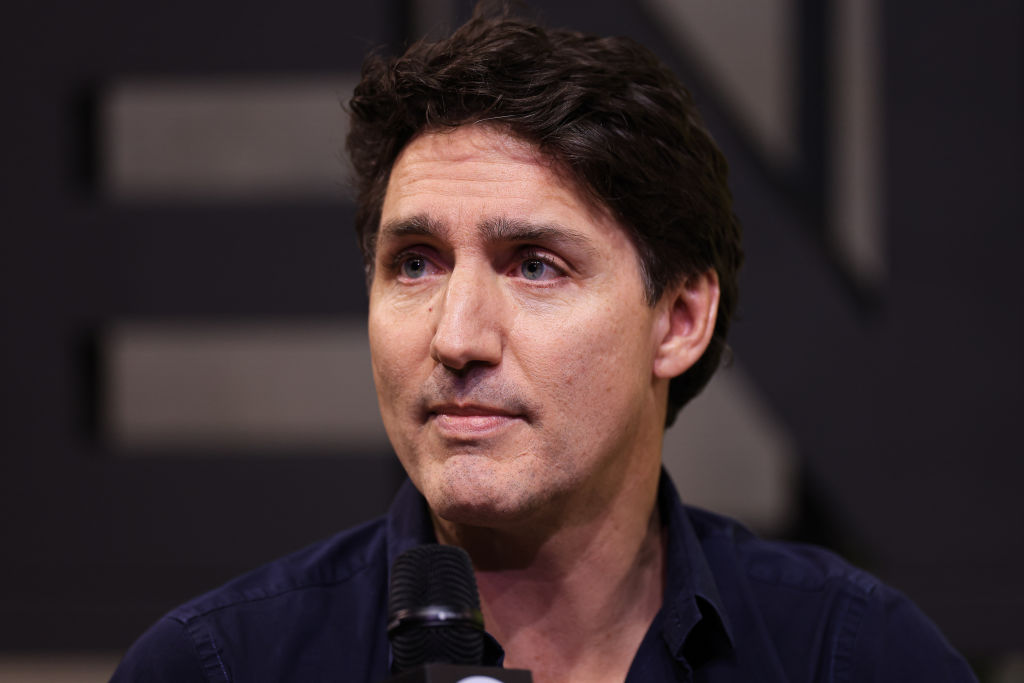

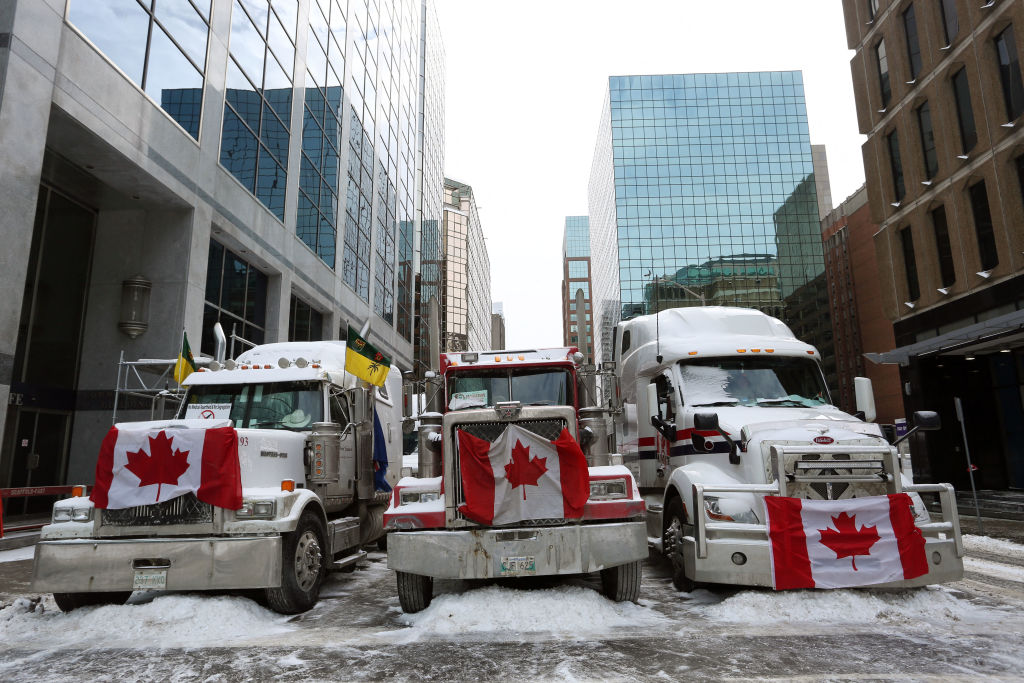
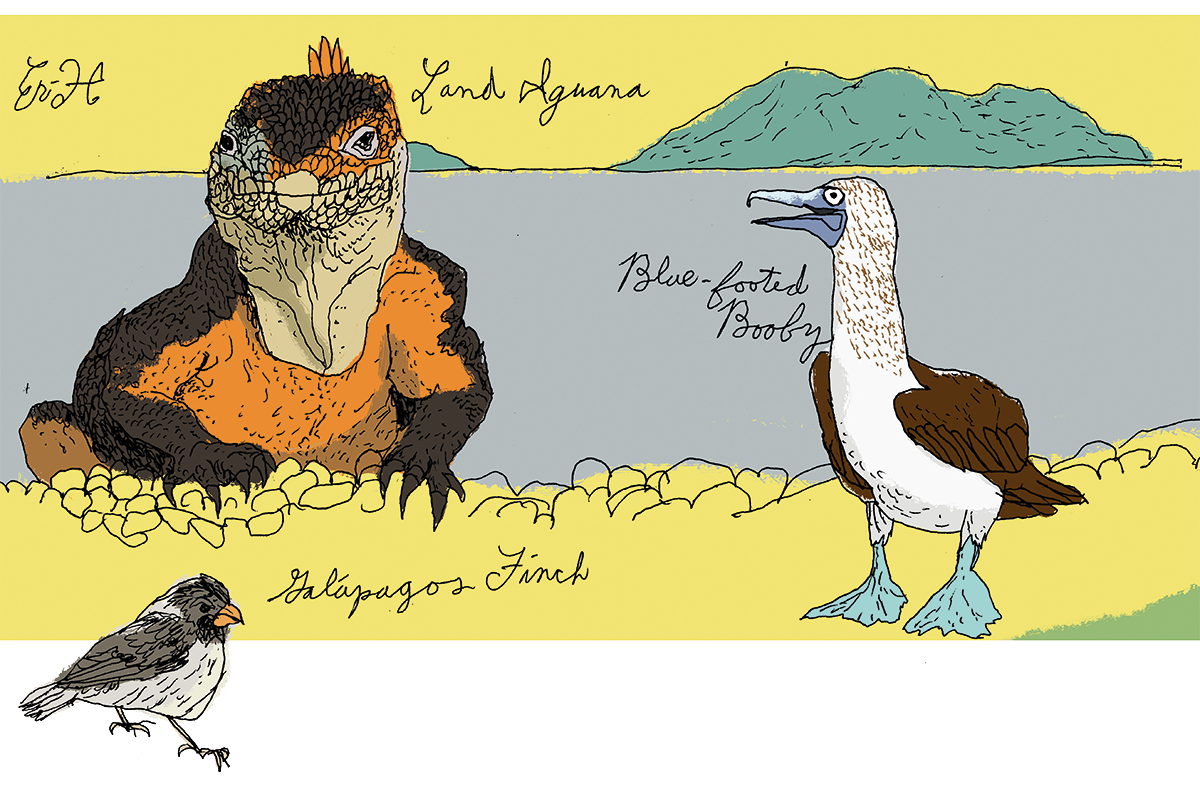
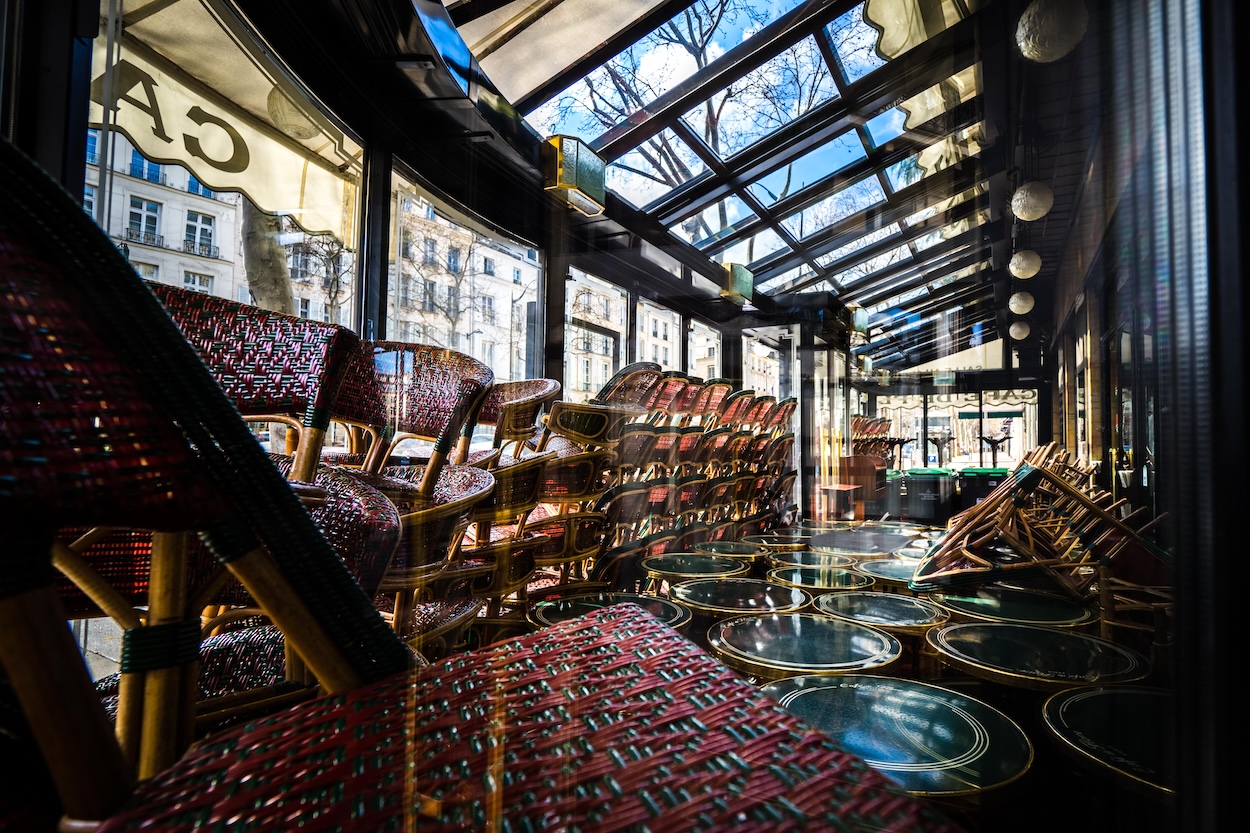







Leave a Reply